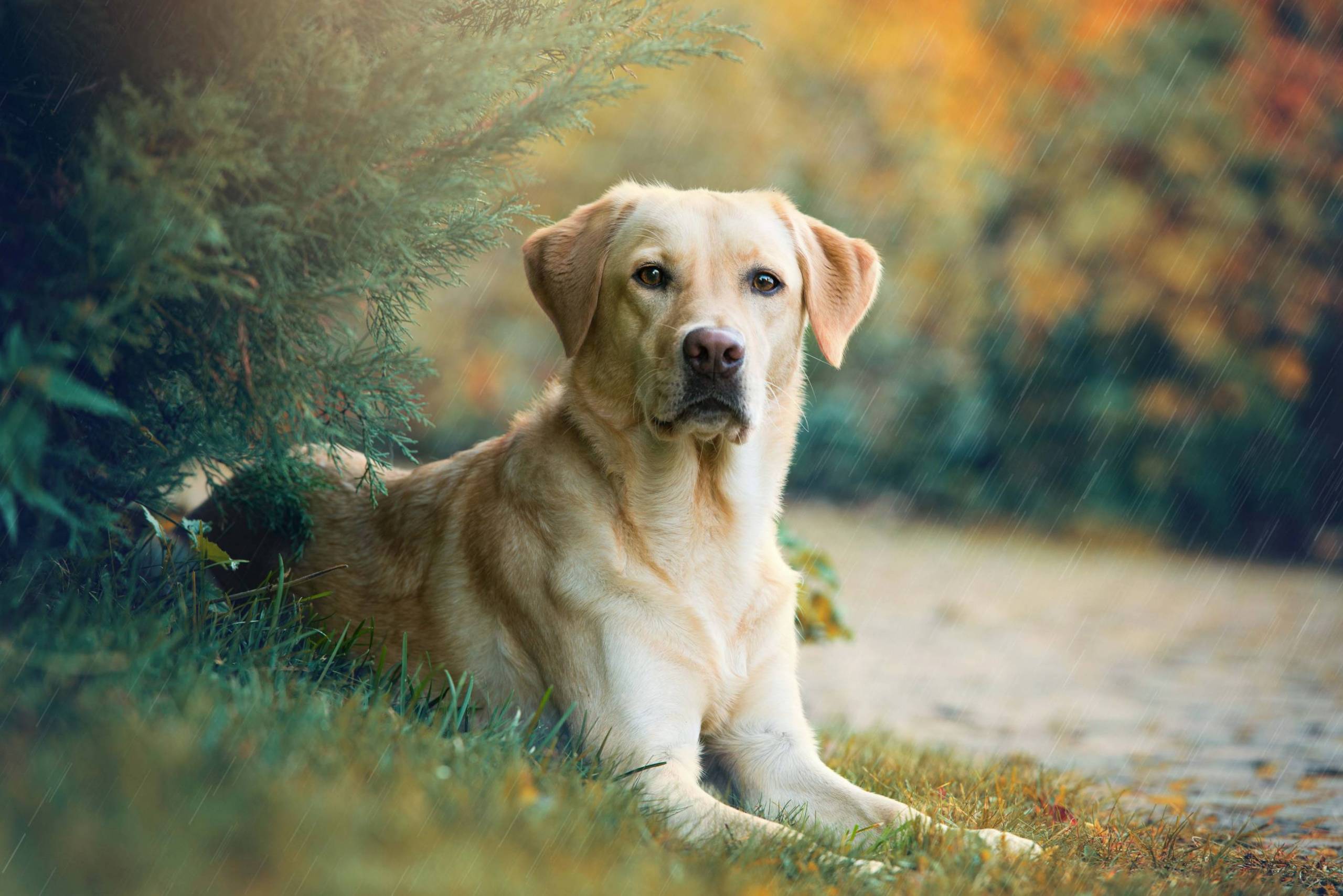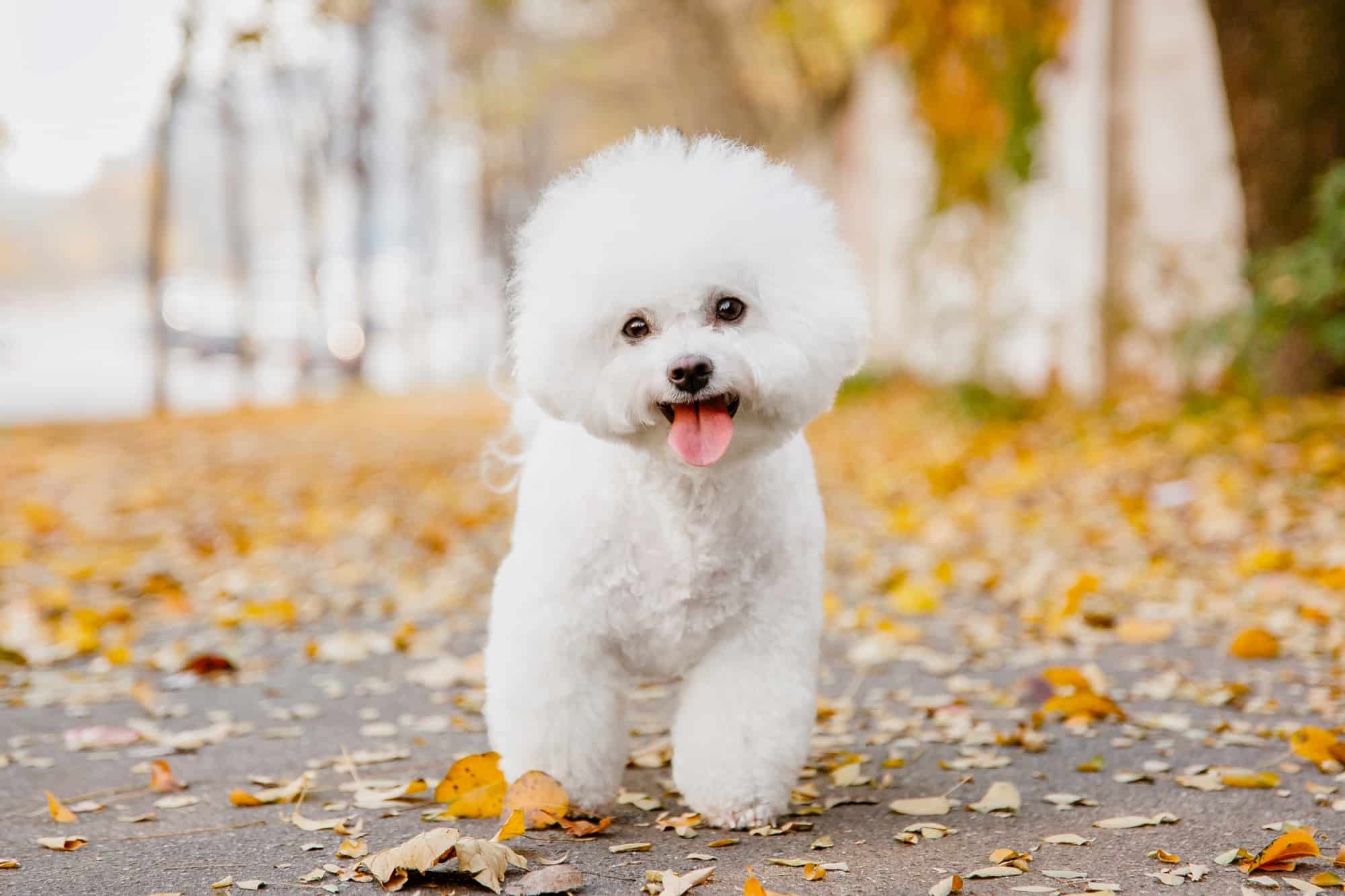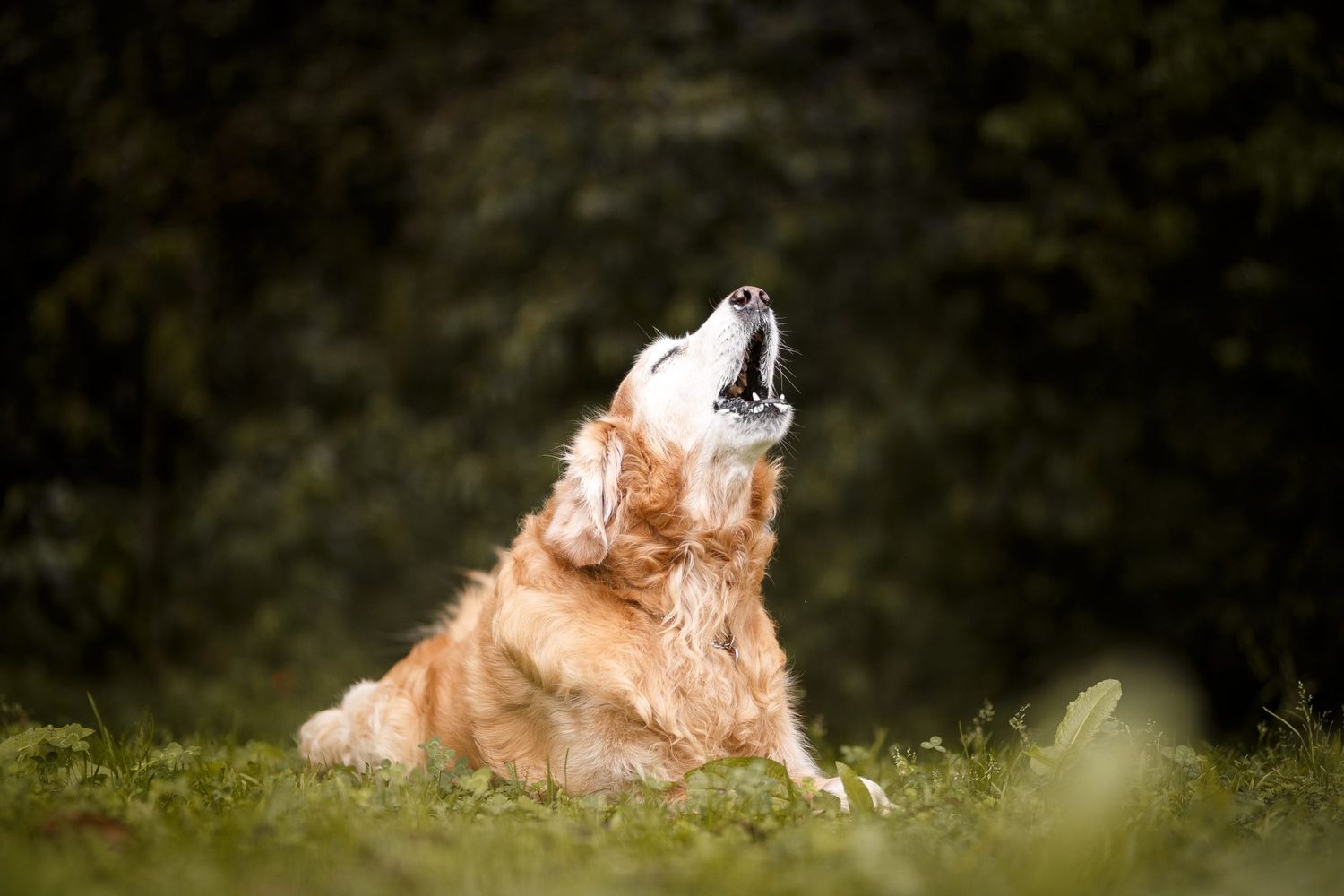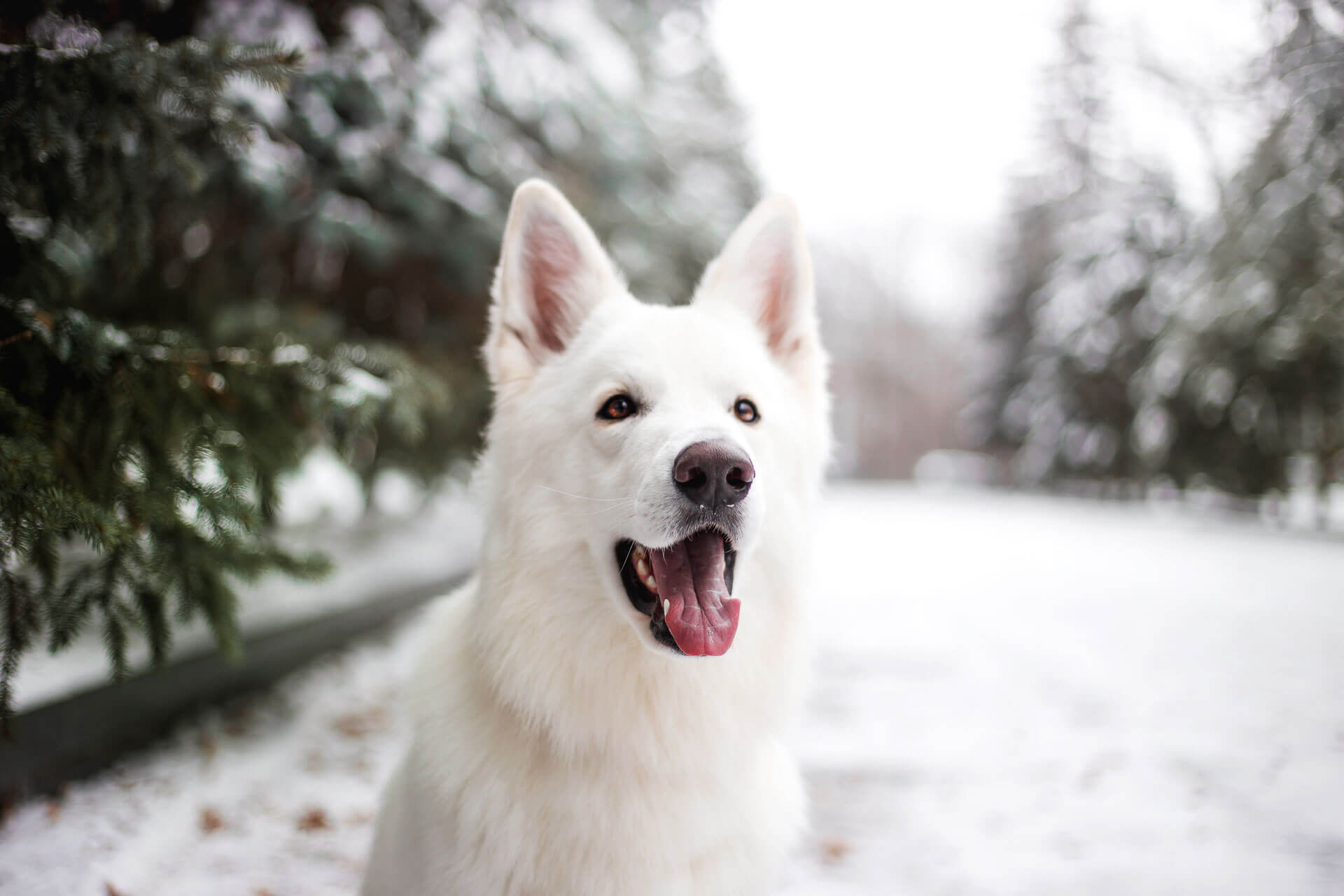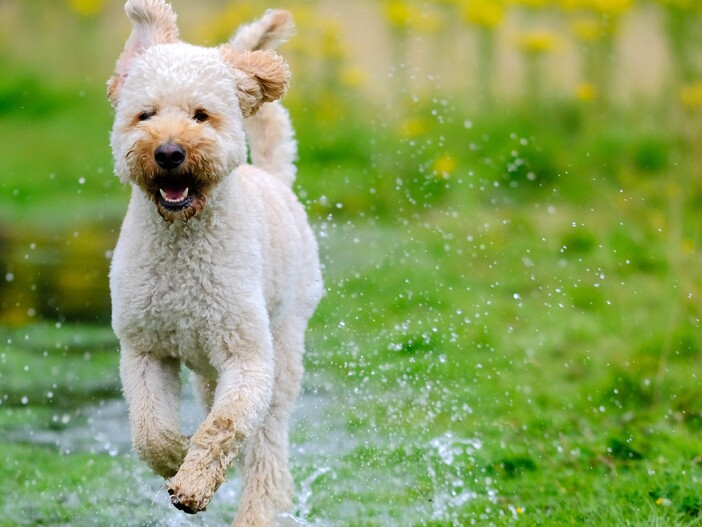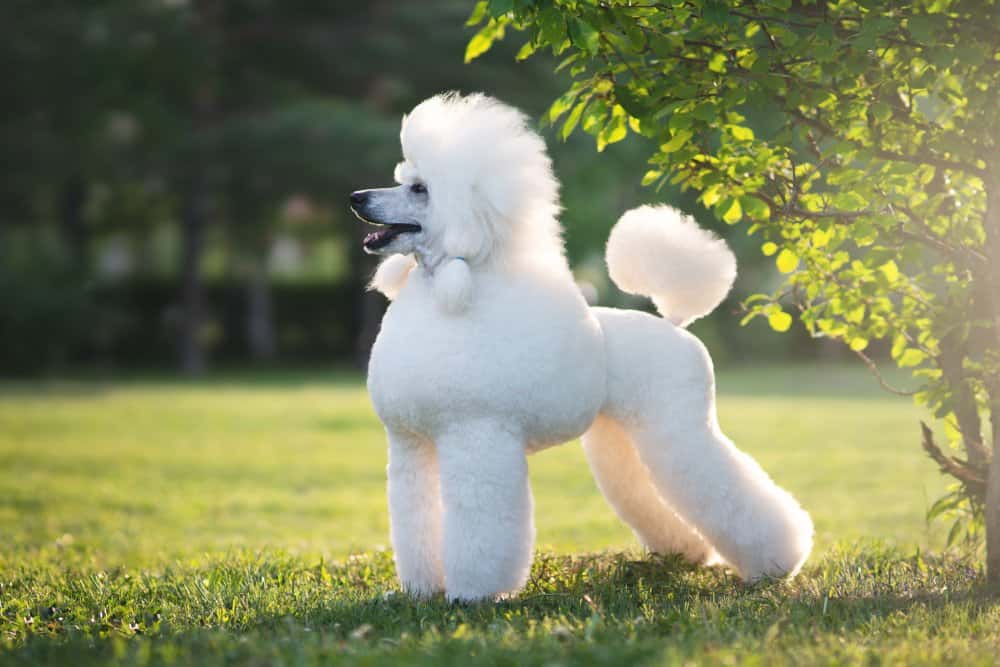Shepherd dogs, also known as sheepdogs, cattle dogs, and herding dogs, are an important part of maintaining the care of sheep, cattle, and other livestock on farms and ranches. These dogs have an instinctual ability to control the movement of other animals, which is why the American Kennel Club created a Herding Group in 1983 to recognize these breeds.
In this article, we will detail 11 types of shepherd dogs that originate from all over the globe, including the well-known German Shepherd and Australian Shepherd, as well as some lesser-known breeds like the Pyrenean Shepherd and Swedish Vallhund.
You are reading: 11 Types Of Shepherd Dogs You May Have Heard Of
We will also discuss the roles these dogs play on farms and ranches, their herding styles, and their abilities as guard dogs.
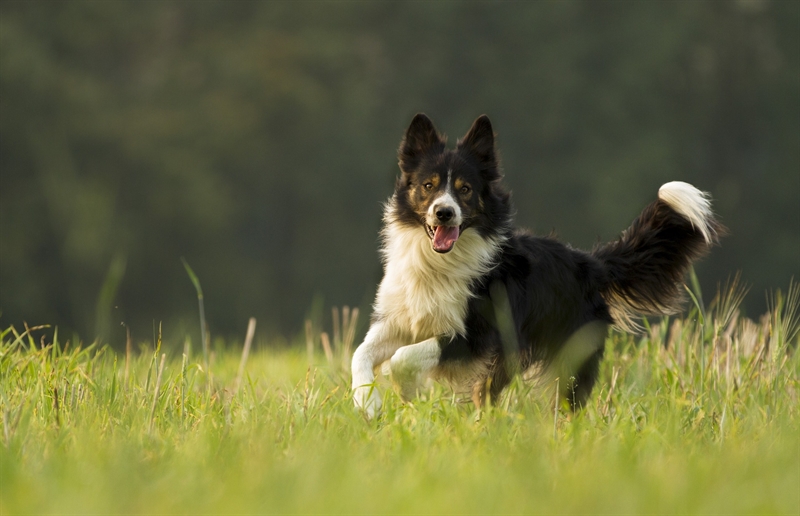
11 Types Of Shepherd Dogs You May Have Heard Of
German Shepherd
The German Shepherd, also known as the Alsatian, is a breed of working dog that originated in Germany. The breed was developed by Max von Stephanitz in 1899 using various traditional German herding dogs.
Originally bred as a herding dog for sheep, the German Shepherd has since been used in many other types of work, including disability assistance, search-and-rescue, police work, and warfare.
The breed is also commonly kept as a companion dog and is known for its loyalty, intelligence, and protective instincts. German Shepherds are medium to large-sized dogs with a muscular body, erect ears, and a keen, alert expression. They are recognized as symbols of loyalty and dedication and have excelled in various roles, including police work, search and rescue, and as assistance dogs.
German Shepherds are also popular family pets, but they require a lot of exercise and training. Here are some key characteristics of the German Shepherd breed:
– Origin: Germany
– Size: 50-90 pounds
– Activity level: High
– Barking/howling level: Medium
– Good with dogs: Yes
– Good with kids: Yes
– Good with cats: Not specified
– Shedding: Moderate
– Grooming level: Moderate
– Training level: High
Australian Shepherd
The Australian Shepherd, also known as the Aussie, is a medium-sized herding dog that originated in the United States. Despite its name, the breed has no Australian ancestry and was developed in the western United States in the 19th century.
Aussies are intelligent, energetic, and loyal dogs that love spending time with their owners. They are typically eager to please and easy to train, making them well-suited for a variety of activities, such as agility, obedience, and herding.
Australian Shepherds are also great family pets and get along well with children and other pets. They have a moderately long, double coat that can be straight or wavy and come in a variety of colors, including blue merle, red merle, black, or red, with or without white markings and/or tan points.
Here are some key characteristics of the Australian Shepherd breed:
– Origin: United States
– Size: 40-65 pounds
– Activity level: High
– Barking/howling level: Medium
– Good with dogs: Yes
– Good with kids: Yes
– Good with cats: Not specified
– Shedding: Moderate
– Grooming level: Moderate
– Training level: High
Pyrenean Shepherd
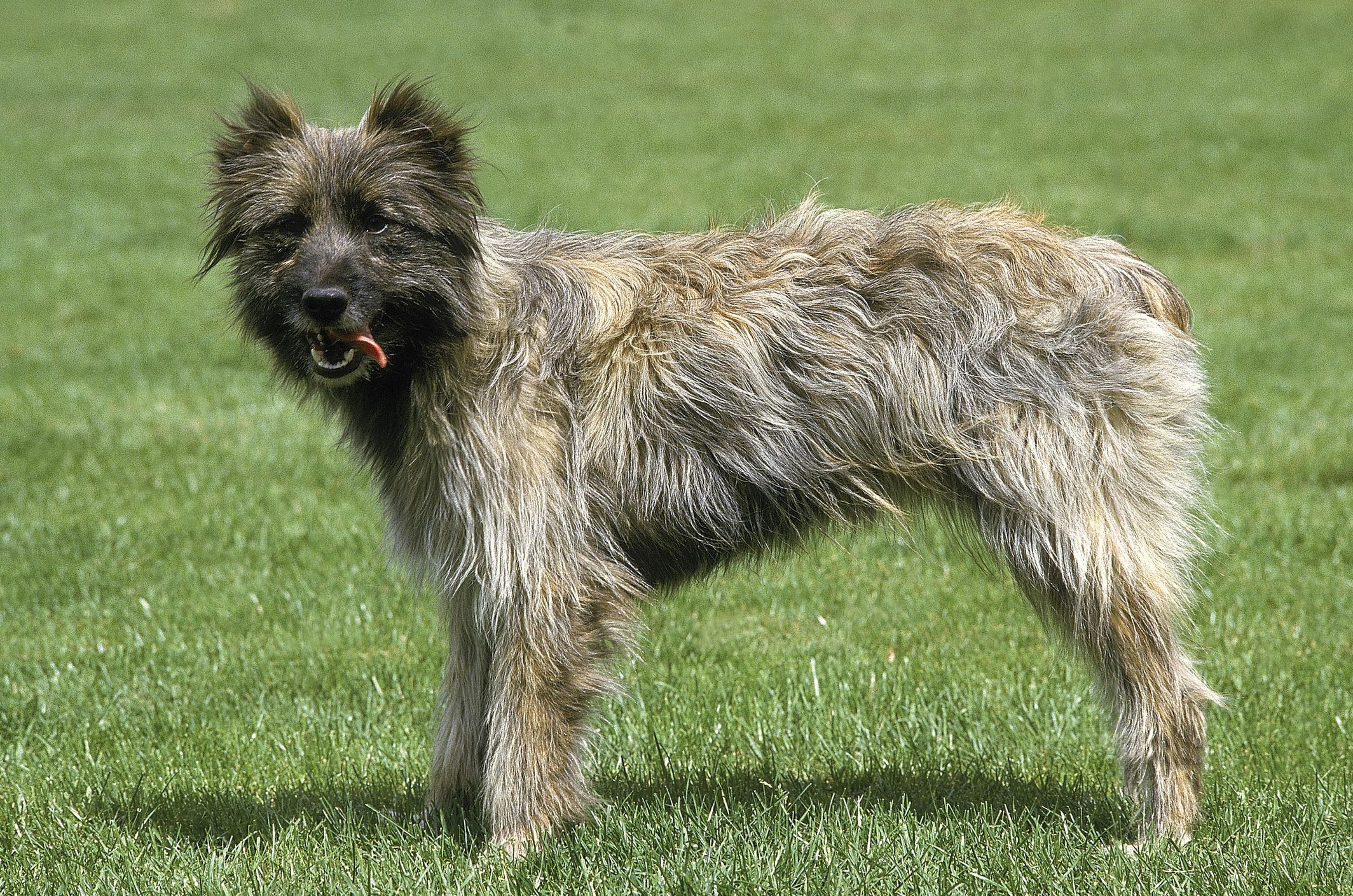
The Pyrenean Shepherd, also known as the Chien de Berger des Pyrénées, is a small to medium-sized breed of herding dog from the Pyrenees Mountains region of France. Here are some key characteristics of the Pyrenean Shepherd breed:
– Origin: France
– Size: 15-32 pounds
– Activity level: High
– Barking/howling level: Medium
– Good with dogs: Yes
– Good with kids: Yes
– Good with cats: Not specified
– Shedding: Moderate
– Grooming level: Moderate
– Training level: High
The Pyrenean Shepherd is known for its quick wit, sharp mind, and intelligence. They are highly active dogs that were built to endure harsh weather and steep, rough terrain.
The breed is found herding flocks of sheep throughout the Pyrenees alongside the much larger Pyrenean Mountain Dog, which is kept as a flock guardian.
The Pyrenean Shepherd is found in three coat types: the long-haired and goat-haired (together called the Chien de Berger des Pyrénées À Poil Long) as well as the smooth-faced (called the Chien de Berger des Pyrénées À Face Rase); the latter is recognized as a separate breed from the former two by the Société Centrale Canine.
Anatolian Shepherd
The Anatolian Shepherd is a large breed of dog that has worked as a flock guardian for thousands of years. The breed originated in Turkey and was bred to protect livestock from predators.
Anatolian Shepherds are known for their independent nature and intelligence. They are large, impressive dogs that can weigh up to 150 pounds at maturity. The breed is fiercely loyal and protective of their family and flock, but they require firm, consistent training and socialization from an experienced handler.
Read more : 5 Best Types Of Haircuts For Dogs
Anatolian Shepherds have a moderate to high activity level and require regular exercise. They have a thick, double coat that sheds moderately and requires regular grooming. Here are some key characteristics of the Anatolian Shepherd breed:
– Origin: Turkey
– Size: 80-150 pounds
– Activity level: Moderate to high
– Barking/howling level: Medium
– Good with dogs: Not specified
– Good with kids: Not specified
– Good with cats: Not specified
– Shedding: Moderate
– Grooming level: Moderate
– Training level: High
Belgian Shepherd

The Belgian Shepherd, also known as the Belgian Sheepdog, is a breed of medium-sized herding dog from Belgium. While predominantly considered a single breed, it is bred in four distinct varieties based on coat type and color: the long-haired black Groenendael, the rough-haired fawn Laekenois, the short-haired fawn Malinois, and the long-haired fawn Tervuren.
In the United States, the American Kennel Club considers the four varieties to be separate breeds. The breed descends from a common type of shepherd dog found throughout Western Europe that includes such modern breeds as the Bouvier des Ardennes, Dutch Shepherd, and German Shepherd.
Belgian Shepherds are highly trainable herders whose versatility and intelligence are the stuff of canine legend. They are built for hard work and are frequently in motion, making them agile, graceful, and elegant. Here are some key characteristics of the Belgian Shepherd breed:
– Origin: Belgium
– Size: 40-75 pounds
– Activity level: High
– Barking/howling level: Medium
– Good with dogs: Not specified
– Good with kids: Not specified
– Good with cats: Not specified
– Shedding: Moderate to high
– Grooming level: High
– Training level: High
Border Collie
The Border Collie is a medium-sized breed of herding dog that originated in the region of the Anglo-Scottish border and descends from traditional sheepdogs once found all over the British Isles. They were developed to gather and control sheep in the hilly border country between Scotland and England and are known for their intense stare, or “eye,” with which they control their flock.
Border Collies are highly intelligent, energetic, and athletic dogs that require a lot of exercise and mental stimulation to stay happy and healthy. They are highly trainable and excel in various canine sports, including obedience, flyball, agility, tracking, and flying disc competitions.
Border Collies can make great family companions, but they require a lot of attention and training to prevent destructive behavior. Here are some key characteristics of the Border Collie breed:
– Origin: Anglo-Scottish border
– Size: Medium
– Activity level: High
– Barking/howling level: High
– Good with dogs: Not specified
– Good with kids: Not specified
– Good with cats: Not specified
– Shedding: High
– Grooming level: Moderate to high
– Training level: High
Welsh Corgi
The Welsh Corgi is a small type of herding dog that originated in Wales. The name corgi is derived from the Welsh words cor and ci, meaning “dwarf” and “dog”, respectively. There are two separate breeds of Welsh Corgi recognized by the American Kennel Club: the Pembroke Welsh Corgi and the Cardigan Welsh Corgi.
The Pembroke Welsh Corgi is the more popular of the two breeds and is known for its friendly and playful personality. They were originally bred to herd cattle and sheep in Great Britain as part of the carpeting, textile, and tapestry industry.
The Cardigan Welsh Corgi is the older of the two breeds and is a separate and distinct breed from the Pembroke. They were originally bred to handle cattle and can be traced back to dogs brought to Wales by the Celts about 1200 BC.
Both breeds are small, short-legged dogs with foxlike heads and erect ears. The Cardigan has a long tail and ears that are rounded at the tips, while the Pembroke has a docked tail and pointed ears.
Old English Sheepdog

The Old English Sheepdog is a large breed of dog that originated in England from early types of herding dog. The breed has also been known as the Shepherd’s Dog and bob-tailed sheep-dog.
The nickname Bob-tail originates from how dogs of the breed traditionally had their tails docked. Old English Sheepdogs can grow very long coats with fur covering the face and eyes and do not shed unless brushed.
The breed is immediately recognizable by its long, thick, shaggy grey and white coat, with fur covering their face and eyes. The ears lie flat to the head. Historically, the breed’s tail was commonly docked (resulting in a panda bear–like rear end), but tailed Old English Sheepdogs are now common, as many countries have outlawed cosmetic docking.
Here are some key characteristics of the Old English Sheepdog breed:
– Origin: England
– Size: Large
– Activity level: Moderate
– Barking/howling level: Medium
– Good with dogs: Not specified
– Good with kids: Not specified
– Good with cats: Not specified
– Shedding: Low (but requires regular grooming)
– Grooming level: High
– Training level: Moderate to high
Australian Cattle Dog
The Australian Cattle Dog, also known as the Blue Heeler or Red Heeler, is a medium-sized breed of herding dog that was developed in Australia for droving cattle over long distances across rough terrain.
The breed is known for its strength, agility, and intelligence, and is born with a natural instinct to herd and protect livestock. Australian Cattle Dogs are sturdy, compact, and solid on their feet, with a strong head and slightly curved, broad skull that heralds their dingo ancestry. They have a short, double coat that comes in blue or blue-mottled with or without other markings, or red speckled.
Read more : Ways to Stop Dogs From Peeing on Your Lawn
The breed is extremely alert and intelligent, loyal to its owners, and wary of strangers. Australian Cattle Dogs are very energetic and require a lot of mental and physical activity to stay happy and healthy, making them unsuited for apartment living. They thrive when they have jobs to do and tend to become destructive when bored.
Australian Cattle Dogs are still used today as herding dogs and do well in canine sports, including agility, obedience, rally, flyball, and flying disc competitions.
Dutch Shepherd
The Dutch Shepherd is a herding dog of Dutch origin that was used by shepherds and farmers who needed a versatile dog that was able to adapt to a harsh and meager existence.
Although not a widely known breed, the Dutch Shepherd is a loyal companion and competent working dog used for obedience, dog sports, herding, and tracking. The breed was discovered as a naturally occurring shepherd’s dog type living in the rural parts of the historic region of the Netherlands, which includes the modern-day Kingdom of the Netherlands.
When the first breed standard was written in 1898, the coat could be any color, but in 1914, it was decided to allow only brindle to distinguish the breed from the then-similar German Shepherd and Belgian Shepherds. The Dutch Shepherd is a rare sight at the dog park, but fanciers are working hard to increase its numbers.
The breed is highly intelligent, trainable, and versatile, making it a great fit for any active family. They come in three different kinds of coats that are beautifully brindle.
Swedish Vallhund
The Swedish Vallhund, also known as the Västgötaspets or Swedish cow dog, is a breed of dog native to Sweden. Here are some key characteristics of the Swedish Vallhund breed:
– Origin: Sweden
– Size: Small to medium
– Activity level: Moderate to high
– Barking/howling level: Medium
– Good with dogs: Yes
– Good with kids: Yes
– Good with cats: Not specified
– Shedding: Moderate
– Grooming level: Low to moderate
– Training level: High
The Swedish Vallhund is considered an ancient breed that goes back well over 1,000 years. They were originally bred as drovers and herders of cows over 1,000 years ago.
The breed came close to extinction in 1942, but careful breeding and publicity by Swedish national Björn von Rosen and K. G. Zettersten managed to revive the breed in popularity and save it from its likely end.
In 1943, the Swedish Kennel Club recognized the Swedish Vallhund as a breed, and officially categorized the Swedish Vallhund as “the Västgötaspets” for Västergötland, the province in which their revival took place. Since then, the breed has been recognized by, and bred in, over ten countries and has gained some popularity.
The Swedish Vallhund is a spirited and athletic dog that is steady and dependable. They are known for their herding instincts and make excellent family pets. Swedish Vallhunds are lively, playful, and affectionate dogs that are intelligent and alert. They are low to the ground and have a longer legged, shorter bodied, and less stocky build compared to Corgis.
Swedish Vallhunds are highly trainable and excel in various canine sports, including hiking, herding, obedience, agility, and chasing. The breed has a moderate shedding level and requires low to moderate grooming.
FAQS
1. What are shepherd dogs?
Shepherd dogs, also known as sheepdogs, cattle dogs, and herding dogs, are breeds of dogs that were developed to help manage and control livestock on farms and ranches.
2. What are some popular breeds of shepherd dogs?
Some popular breeds of shepherd dogs include the German Shepherd, Australian Shepherd, Border Collie, and Old English Sheepdog.
3. What are some lesser-known breeds of shepherd dogs?
Some lesser-known breeds of shepherd dogs include the Pyrenean Shepherd, Anatolian Shepherd, Belgian Shepherd, Dutch Shepherd, and Swedish Vallhund.
4. What are the characteristics of shepherd dogs?
Shepherd dogs are typically intelligent, loyal, and protective. They have a strong instinct to herd and control other animals, and they require a lot of exercise and mental stimulation to stay happy and healthy.
5. What are some roles that shepherd dogs play on farms and ranches?
Shepherd dogs are used to help manage and control livestock, including sheep, cattle, and other animals. They may also be used for search-and-rescue, police work, and as assistance dogs.
6. Are shepherd dogs good family pets?
Many shepherd dogs can make great family pets, but they require a lot of attention, training, and exercise to prevent destructive behavior. It’s important to research the specific breed and their needs before adopting a shepherd dog as a pet.
7. Do all shepherd dogs have the same herding style?
No, different breeds of shepherd dogs have different herding styles. Some breeds herd from the back, driving the herd forward from behind, while others tend to lead the group from the front and give stern looks to anyone that gets out of line.
8. Are all shepherd dogs guard dogs?
No, not all shepherd dogs are guard dogs. While some breeds may have protective instincts, others are more focused on herding and controlling livestock.
Source: https://petstutorial.com
Category: DOGS


